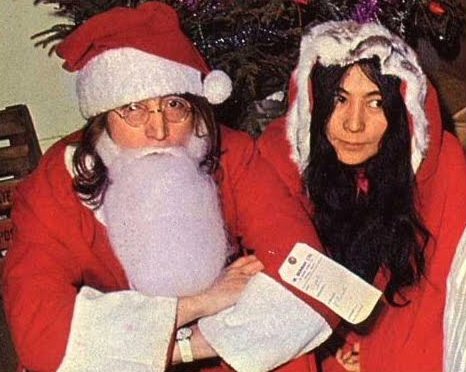“Since I was seventeen I thought I might be a star. I’d think about all my heroes, Charlie Parker, Jimi Hendrix… I had a romantic feeling about how these people became famous.”
Jean-Michel Basquiat
 Bird on Money, 1981
Bird on Money, 1981
The painting is an homage to one of Jean-Michel Basquiat’s heroes, jazz saxman Charlie Parker. Rather than a conventional portrait, Basquiat portrays Parker as a chicken, or yardbird, which was one of the musician’s nicknames. It’s painted in a loose, neo-expressionist style the artist helped pioneer in the 1980s.
“Para Morir,” in the bottom right, means “to die.” At left, the words “Green Wood” are set above a diagram for Green-Wood Cemetery, located in Brooklyn, N.Y., where the artist was born in 1960, collector Mera Rubell told a Raleigh, N.C., reporter in an article. That is not where Parker is buried but, eerily, it’s where Basquiat was laid to rest seven years after he made this painting.
 CPRKR, 1982
CPRKR, 1982
 Charles The First, 1982
Charles The First, 1982
 Discography I, 1983
Discography I, 1983
 Horn Players, 1983
Horn Players, 1983
The “ORNITHOLOGY” of Basquiat’s Horn Players references a Charlie Parker composition of the same name, a song that Eric Lott’s has called “the national anthem of bop”. But Ornithology is a reproduction and repetition of the jazz standard How High the Moon, but in its repetition of it and reproduction of it, Parker creates something new, a new sound, a new music born from iteration that is anything but silent.
 Arm and Hammer II, 1984
Arm and Hammer II, 1984
The one on the right – Warhol’s – is a faithful reproduction of the iconic logo, with a beefy arm brandishing a hammer, while on the right, Basquiat presents Charlie Parker with a saxophone at his lips as the logo’s centerpiece.

Bird of Paradise, 1984
 Untitled (Estrella), 1985
Untitled (Estrella), 1985
 Now’s the Time, 1985
Now’s the Time, 1985
To listen to Charlie Parker’s Now is the Time, please take a gander at The Genealogy of Style‘s Facebook page:https://www.facebook.com/pages/The-Genealogy-of-Style/597542157001228


































































































